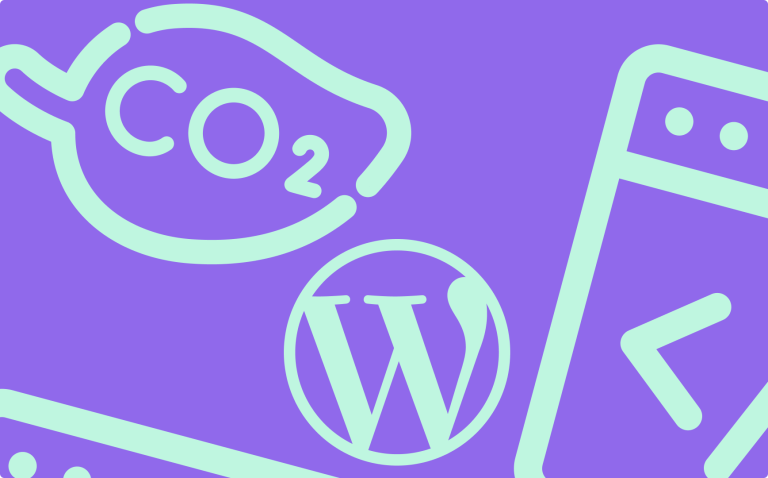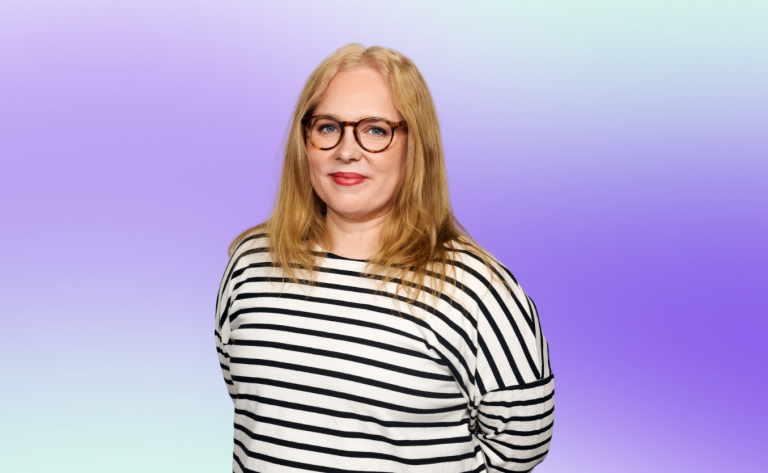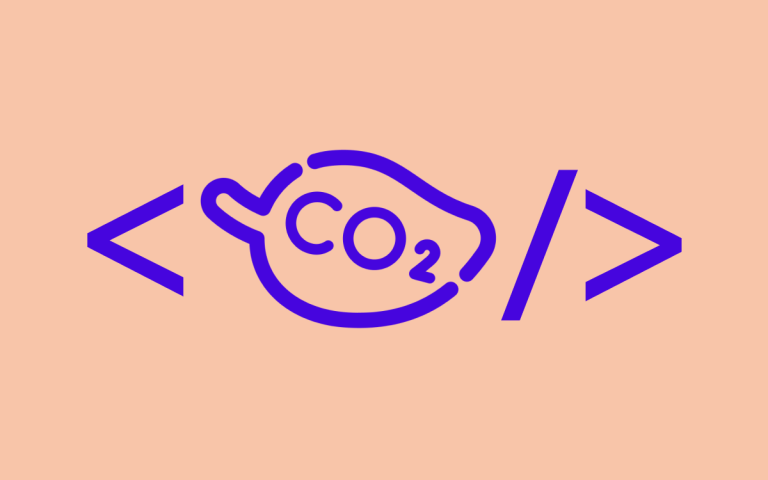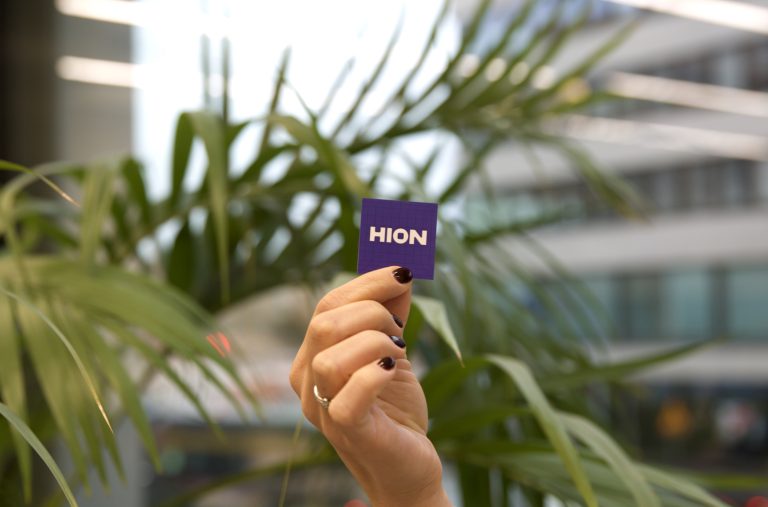
Responsibility
Sustainable digital development in practice: How Hion drives digital responsibility?
Tea Dickman
We have been talking about sustainable digital services and green coding for over three years now. But what does sustainable digital development truly consist of in our daily work, and how is it concretely reflected in both our internal processes and the value we produce for our customers?
From strategy to action: The GSW task force group driving change
Our sustainability mindset flows directly from our strategy. We are truly dedicated to making a positive difference in our society and environment, and digital responsibility is a crucial element of this ambition.
Our most important engine for sustainability work is our internal, multidisciplinary GSW (Green Sustainable Web) task force. This group meets regularly to advance our sustainability goals, which are structured using the OKR (Objectives and Key Results) framework. The core idea behind the group is to embed the principles of sustainable digital development across all our work phases and projects. Multidisciplinarity is a significant asset here, as the group comprises a broad range of expertise, from SEO/analytics specialists to designers, developers, and experts in sales and customer relationship management. The group’s work is guided by a roadmap derived from our company’s objectives, outlining key development steps for the coming years.
The GSW working group, however, doesn’t just plan; it actively implements these principles. Through its efforts, we continuously improve the realization of sustainability in both our internal processes and customer projects. Examples include organizing sustainability training and workshops for all staff, and innovating and implementing new tools for our experts’ daily work. This work is inherently continuous, and we don’t believe it will ever end, as there will always be people at different stages of their sustainability journey within the organization. This is precisely why sharing knowledge, fostering a shared understanding, and discussing the importance of energy efficiency are vital for us.
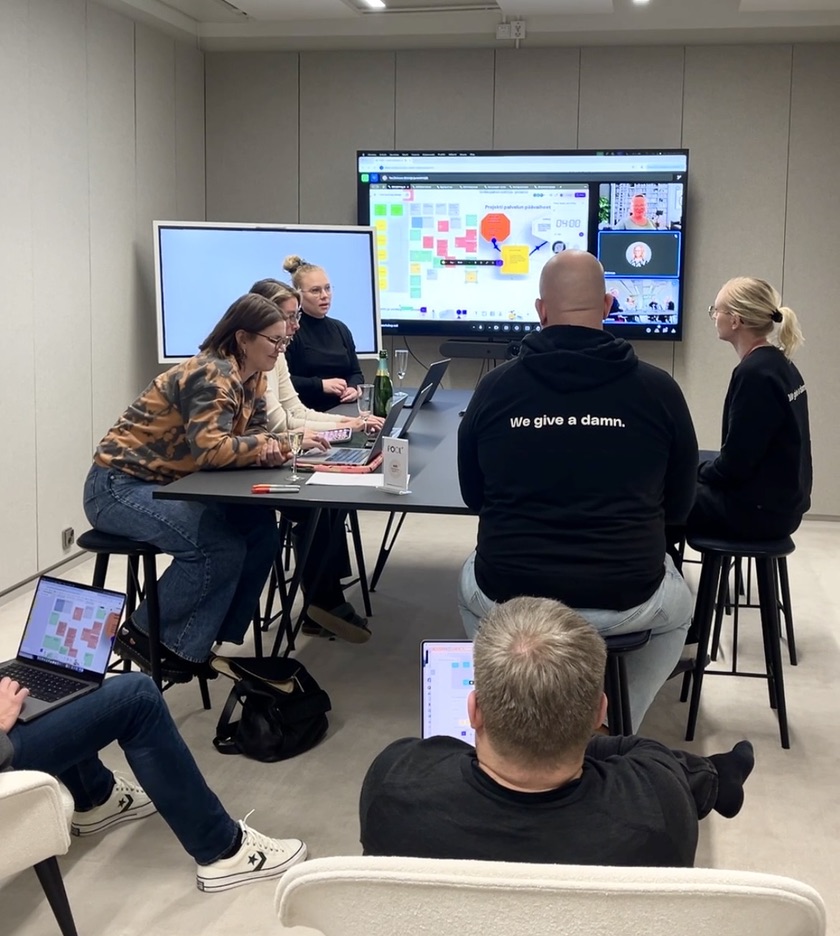
Dev Friday GSW workshop
Milestones on our journey: Concrete steps towards a more sustainable digital future
Our sustainability work didn’t happen overnight; its roots extend all the way back to 2021, when part of our team was still operating under Frantic. A good example of this was a large workshop we organized in 2022 with the Women in Tech community, which gathered representatives from around 50 different companies to discuss the environmental impacts of digitalization. With the acquisition, the topic has remained firmly on our agenda, and we’ve held comprehensive training sessions for our entire staff annually.
2023: Strategic choices and technical leaps
The year 2023 marked a period of significant strategic choices and technical improvements for us. One of the most crucial decisions was the primary migration to the Google Cloud server environment. Although we previously used solutions like Amazon AWS and DigitalOcean, we found Google’s environmental responsibility pledges and actions to be more convincing. In the same context, we decided to centralize our clients’ services to Google’s data center in Hamina, Finland, which was a justified choice for several reasons:
- The data center gets 98% of its energy from a local wind farm.
- It’s cooled with seawater in accordance with circular economy principles.
- It was built into an old paper mill, leveraging existing infrastructure.
- The city of Hamina has announced its intention to direct the data center’s waste heat into the district heating network. This particular data center is, in fact, one of Google’s most energy-efficient in Europe and utilizes serverless technology to optimize resources.
In terms of technical improvements, we actively discussed various options and implemented code optimization. We quickly identified caching solutions, Content Delivery Networks (CDNs), and the optimization of image compression and loading methods as low-hanging fruit and key areas for development. Based on this, we learned to more effectively utilize modern image optimization tools and Google’s CDN solutions.
Towards the end of 2023, we also began creating commitment lists, where each of our competence areas – from data and project management to design and development – defined concrete steps towards more environmentally responsible practices. These, in turn, were documented as shared operating models in our internal handbook. Specifically, in design, for example, we committed to:
- Prioritizing excellent usability and defining clear user paths.
- Avoiding heavy bitmap graphics, favoring vector graphics, and building brand identities around colors and shapes.
- Actively challenging the use of heavy file formats, such as videos, and evaluating their true added value, offering lighter alternatives.
- Aiming to use system fonts in typography.
- Omitting a feature if its necessity is uncertain.
The goal of all this is always to create a service that is as clear, user-friendly, and thus energy-efficient as possible. In the same year, we also began working on our first ESG (Environmental, Social, and Governance) report.
2024: Measuring, carbon footprint calculation, and tool development
In 2024, our focus shifted strongly towards measurement and gaining a deeper understanding of the impacts of our own operations. To achieve this, we retroactively calculated our 2022 and 2023 emissions, which we reported to our private equity investor, Saari Partners. We also participated in the Central Chamber of Commerce’s climate program to determine the carbon footprint of our 2024 operations. Based on these calculations, we can not only seek emissions compensation but also gained a better understanding of the true impact of our own activities.
Even though measuring value chains for online services is notoriously challenging, we identified a clear need for a reliable metric to monitor the digital carbon footprint. As a result, we initiated the development of our own metric, Afilar (Hiomakivi), which has become one of our most crucial projects this year.
Afilar enables developers to identify load factors during the website’s development phase, allowing them to pinpoint areas for optimization before the service goes live. The tool uses Google Page Speed Insights’ Core Web Vitals as its foundation. We’ve applied our own weighting to these, presenting them in a format that’s easier for developers to understand.
Looking towards 2025 and the future
As we look towards 2025 and the future, we aim to further integrate carbon footprint calculation into our tools, clarify our value proposition, and continuously improve. Our concrete goals include:
- Integrating carbon footprint calculation as part of the Afilar tool.
- Developing our own metrics and measuring impact in our clients’ services.
- Updating our client-facing GSW guide with new information, including a stance on the climate impacts of artificial intelligence. We recognize the significance of AI and its potential environmental effects, and we want to be transparent about its use.
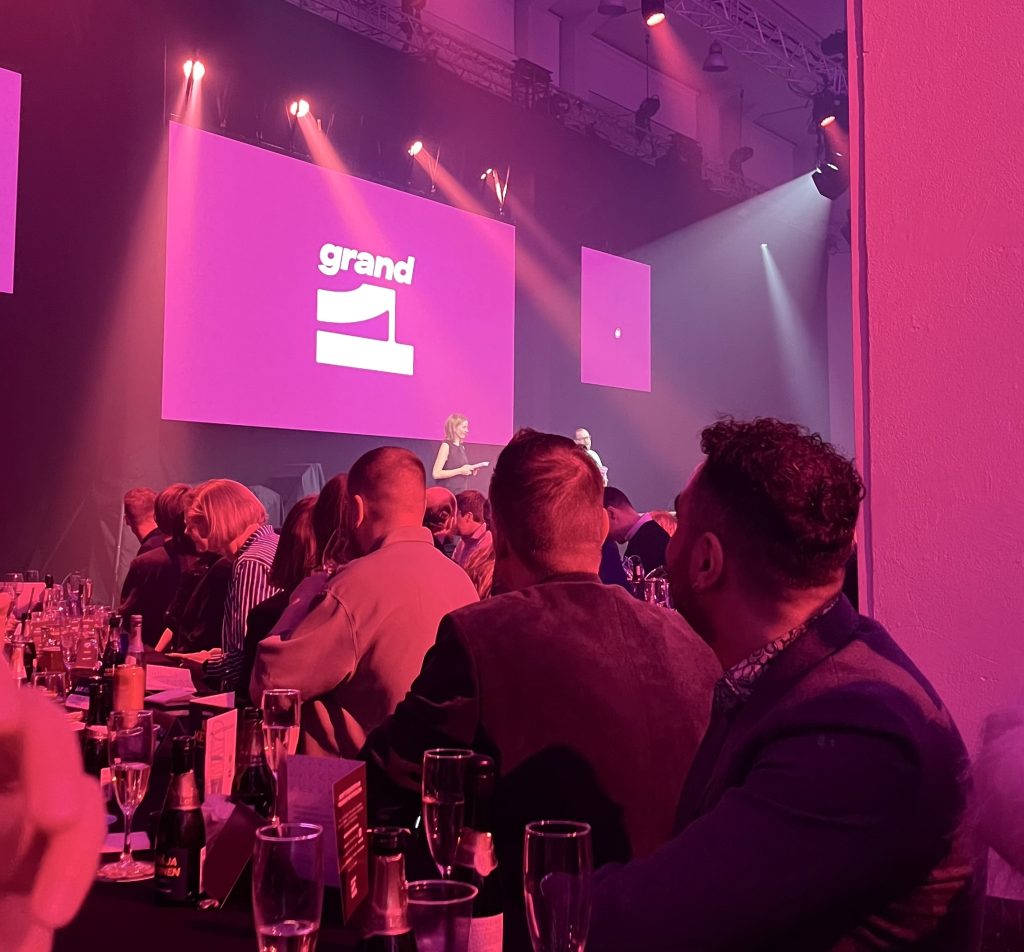
Grand One Gaala 2025
Our journey has also been boosted by recognition for our work. We’re truly proud that our investment in digital environmental responsibility has been noticed: most recently, both of our entries for the Grand One 2025 competition received honorable mentions in the “Most Ecological Online Service” category. This is particularly significant for us because we were actively involved in launching this very category in 2024. While we don’t prioritize external recognition above all else, these accolades motivate us and reinforce our commitment to this important work in the future.
Active collaboration and communication will also remain central. For instance, we recently participated in a Sustinaires network webinar alongside Nitor, where we shared insights on the internal management and communication of sustainability work. You can watch the webinar recording here.
Later this year, we’ll also be hosting a webinar on sustainable coding practices together with Janne Kalliola and the Koodia Suomesta community. Subscribe to our newsletter so you don’t miss the registration!
Sustainable digital development in practical client projects
So, how do our sustainability principles manifest in our client work? We’ve had the opportunity to implement a wide range of more sustainable digital services and help our clients achieve their sustainability goals in various ways.
As part of the client’s team
For example, we’ve worked as part of the client’s own team, where our experts were integrated into their sustainability efforts as part of the design processes and the Responsibility and Compliance team. Alongside this, we provided them with training on digital environmental responsibility and the environmental impacts of digitalization.
Creating sustainable concepts
Sometimes our focus has been on creating sustainable concepts, such as for Tehdassaari, a circular economy company operating in Nokia’s old factory area, for whom we developed an application concept to support their operations.
Sustainable digital services from start to finish
An excellent example of this is the Autoklinikka online service, which earned an honorable mention at Grand One. In this project, we leveraged our lightweight GSW UI Kit user interface library, among other things. This library not only ensures the energy efficiency and standardization of components but also saves computational and human effort as components are readily available in developers’ repositories. Naturally, the service also utilized efficient CDN and caching solutions, and its code was optimized. Read more here!
Another example is the City of Hamina’s online service, where sustainable practices were also taken into account. And that secured us another Grand One honorable mention! Read more about the case here!
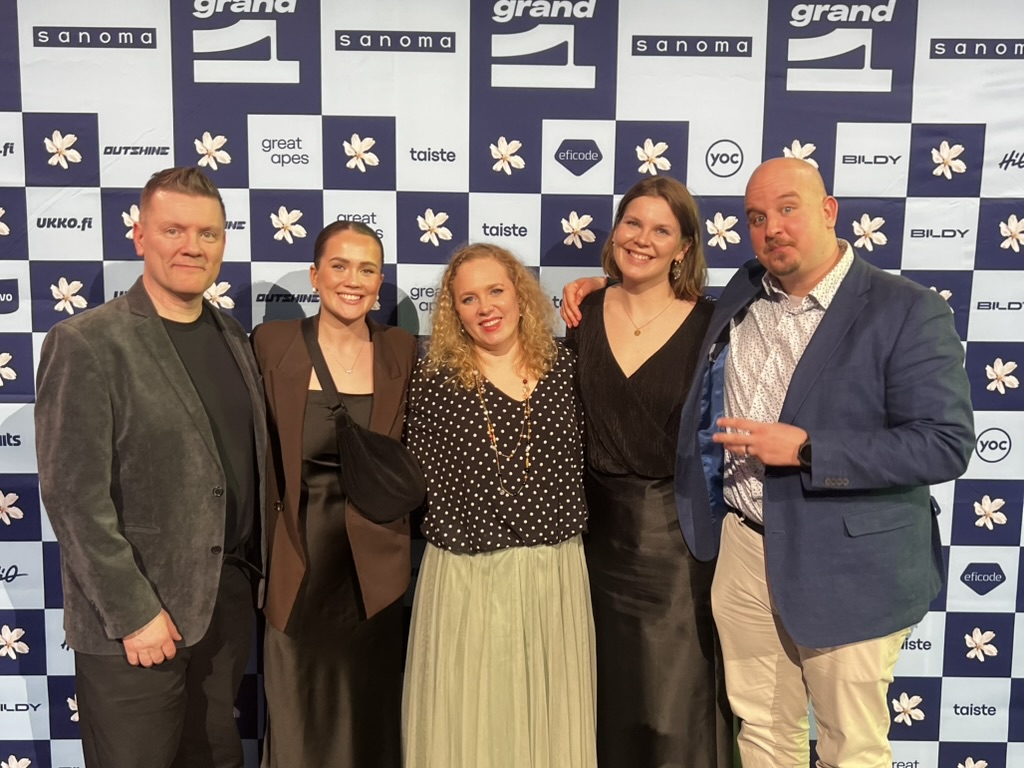
At the Grand One Gala with the Autoklinikka team
Modernizing server environments
We’ve also migrated our clients’ services to environments that utilize renewable energy, such as Google Cloud and the Hamina data center. In these transitions, we’ve simultaneously ensured code clarity and the functionality of caching solutions.
Winning tenders with sustainability
Our sustainability focus has also led to tender wins. In one project, we leveraged our GSW UI Kit library, and implemented a separate energy-saving mode for the service, making an already energy-efficient service even lighter.
Optimizing existing services
We don’t just build new things; we also optimize existing services, focusing on the fundamental principles of energy efficiency.
Sustainability workshops, audits, and training
Furthermore, we’ve actively shared our expertise with our clients. We’ve organized workshops where we analyze service energy consumption, measure key user paths, and define concrete development actions that are then added to the client’s development roadmap. If you’re interested in knowing the current state of your own service, you can read more here.
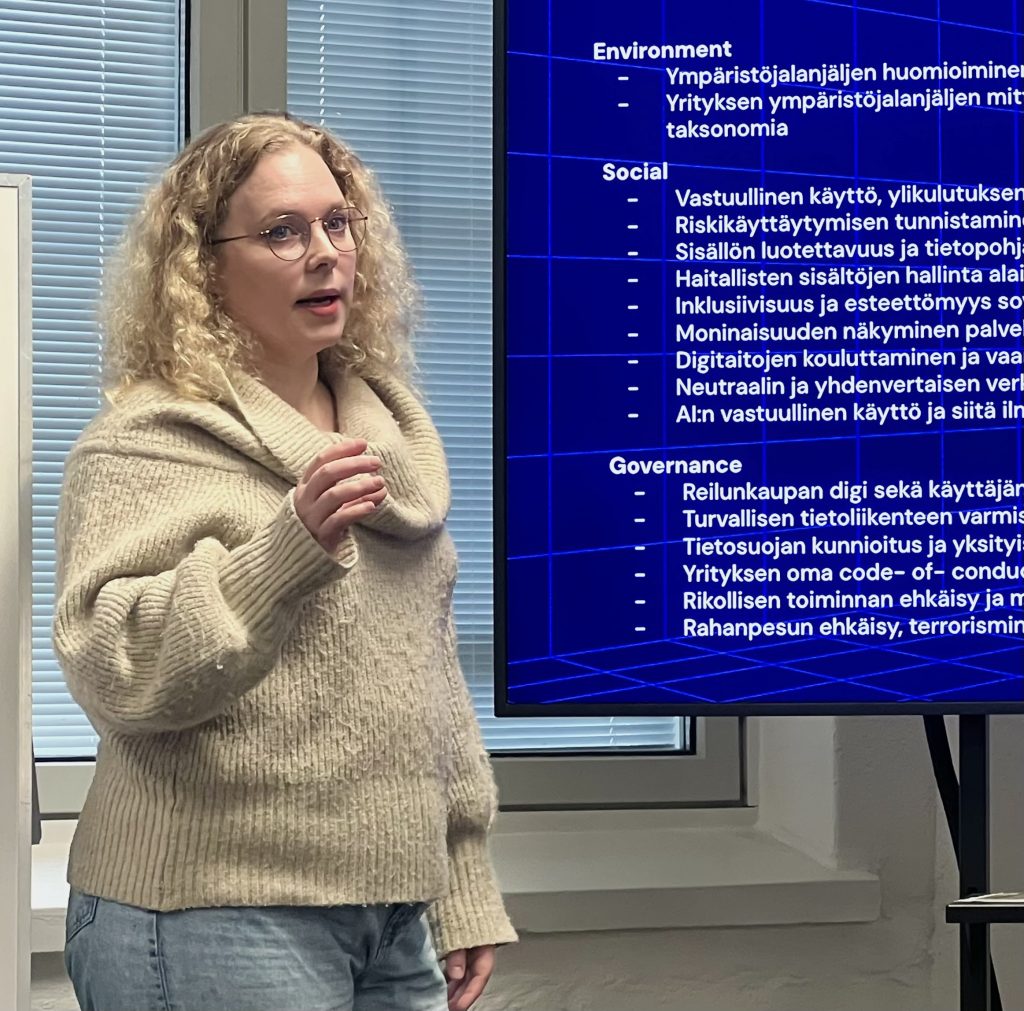
Tea Dickman lecturing to students at Metropolia
As these examples demonstrate, sustainable digital development at Hion is a continuous process and an integral part of everything we do. That’s why we are constantly developing our expertise, tools, and operating models to help our clients create digital services that are not only functional and user-friendly, but also even more environmentally responsible.
Do you want to hear more?
If you would like to hear more about how we could help your organization progress on the path of digital responsibility, please leave us a message via the form below. We'd be happy to discuss it in more detail!
"*" indicates required fields
